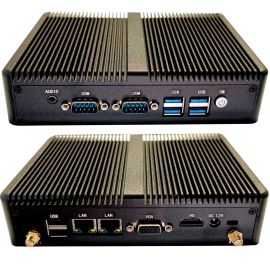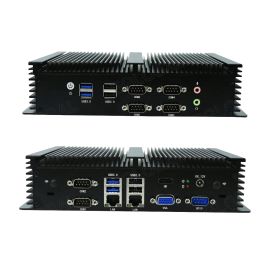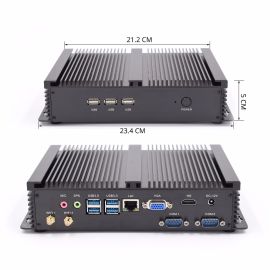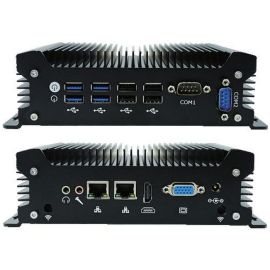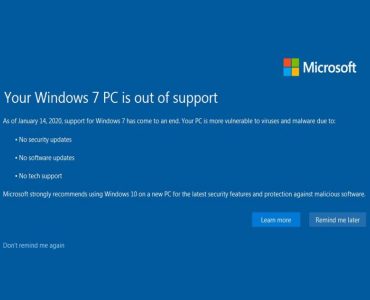
Two years ago, the Microsoft Corporation completed the Windows 7 OS life cycle. Some publications were even noted by the message about Windows Death. And now what to do to users who are with the "dead" OS on their computers?!
However, if you think about it, it becomes obvious that no OS has died and there is no need to make any hasty decisions or steps.
On January 10, 2023, it became the final date of the support of Windows 7, which since January 2020 was already inaccessible to the vast majority of OS users. The last three years of Windows 7 security updates have been available exclusively on a paid basis under the Extended Security Updates (ESU) for Windows 7. In fact, either you had a corporate version of the OS, or you used a non-legal copy and put the same “broken” updates, or did not receive anything - your OS was with a complete life cycle.
Reality looks a little different. The Windows 7 OS according to StatCounter in 2023 at the time of the end of support occupied more than 10% of the total number of OS in the PC and at the beginning of 2025 still about 3%. Of course, it is difficult to imagine that all these PCs treated exclusively to the corporate segment and received updates under the Windows 7 ESU program. For a minute, its price reached $ 100 per PC, so not only ordinary users, but also enterprises, if they needed official support for Microsoft, preferred to switch to more fresh releases from purely economic considerations. The majority continued to confidently use the system without security patches. So reports about Windows 7 funeral in 2023 sound at least very strange.
In fact, Windows Embeded Posread 7 version was supported until October 8, 2024, which is intended for use in built-in devices, IoT, etc.
Many industrial computers and medical devices still work on Windows 7, and some even on Windows XP, which is still considered the most stable OS of the Windows series.
For example, one sensational story is NASA, which in the early 2000s faced the fact that the equipment at the “Shuttle” and at the Control Center, as was released in the early 1980s, has not been updated since then. As a result, representatives of the richest space agency rummaged at flea markets in search of Intel 8086 processors and 8-inch floppers.
The second story happened much later, when during one of the checks of strategic nuclear forces during the time of President Obama it turned out that the LGM-30G Minuteman III missile control system was on duty in 1978, so since then it took place the slightest modernization. That is, of course, it is numerical, only it works literally on punchards. Which, of course, is reliable, but at the turn of the 2010s a little anachronically.
If the Windows 7 operating system operates slowly or even broke down, then we have industrial computers in our product line that can work with Windows 7 OS and have a wide selection of input/output ports, RS232/RS422/RS485, USB 2.0. USB 3.0, WiFi, Bluetooth, high-speed SSD SATA and M.2 NVMe discs and DDR4 fast memory.












